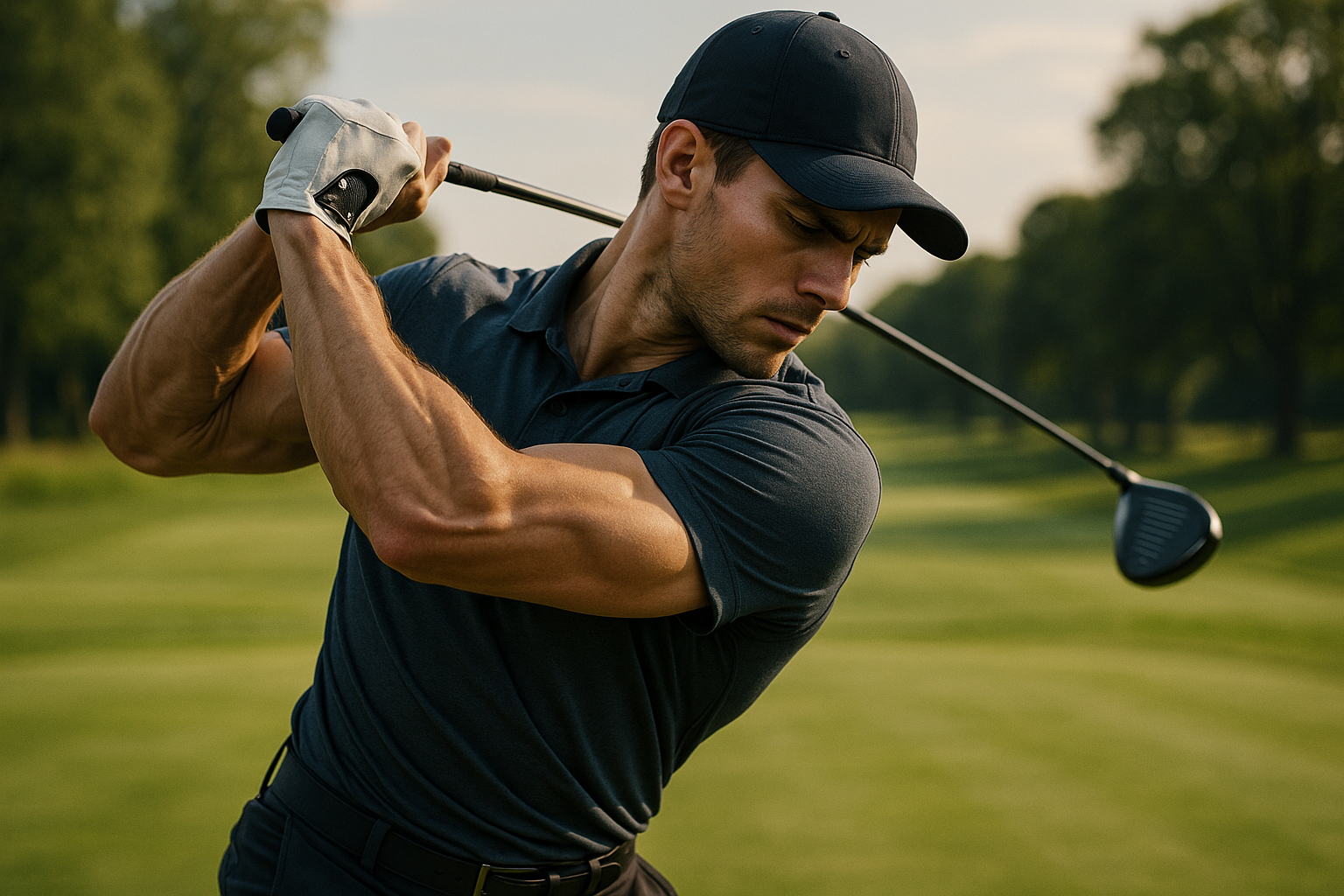Golf Clothes: Choosing Apparel for Comfort and Performance
Selecting the right golf clothes can influence comfort, mobility, and enjoyment on the course as much as your swing. Good golf apparel balances breathable fabrics, appropriate fit, and protection from weather elements while meeting dress codes at different clubs. This article explains practical choices for shirts, shoes, sun protection, and clothing that supports exercise and play.

This article is for informational purposes only and should not be considered medical advice. Please consult a qualified healthcare professional for personalized guidance and treatment.
What to look for in golf shirts
A golf shirt should combine breathable fabric with a fit that allows full shoulder rotation. Look for moisture-wicking materials such as polyester blends or technical cotton that move sweat away from the skin and dry quickly. Collar style and cuff design vary; collared polos remain standard at many clubs, but crewneck or zip-neck options can be appropriate at casual venues. Shirts with a bit of stretch—spandex or elastane content—help with swing range of motion. Consider mesh panels or venting in hotter climates to improve airflow during prolonged play.
How to choose golf shoes
Golf shoes must provide traction, stability, and comfort during a round that can involve several miles of walking. Modern golf shoes come in spiked and spikeless designs: spiked versions offer superior traction on wet turf while spikeless models resemble casual athletic shoes and perform well for walking comfort. Look for shoes with supportive midsoles, waterproofing if you play in damp conditions, and breathable uppers to reduce heat build-up. Fit is crucial—allow enough room for toes while ensuring the heel is secure to prevent slipping during the swing.
How golf clothing fits into sport routines
Golf is a low-impact sport but demands repeated twisting, bending, and walking; clothing should support those movements. Layering helps manage temperature changes throughout a round: a lightweight base layer, mid-layer for warmth, and a wind- or rain-resistant outer shell for protection. Fabrics that retain shape and resist creasing maintain a neat appearance after repeated motions. Consider garments designed for multi-sport use if you combine golf with other activities; versatile pieces can serve both practice sessions and off-course exercise without sacrificing comfort or style.
Clothing and protection from sunlight
Sunlight exposure is a practical concern during long hours on the course. Opt for materials with built-in UV protection or higher fabric density to reduce sun transmission. Long-sleeve polo shirts or thin sun sleeves can shield the arms while maintaining breathability. Wide-brim hats or caps with neck flaps reduce facial and neck exposure, and sunglasses with UV protection safeguard the eyes. Don’t forget sunscreen for exposed areas. Clothing that balances UV protection and ventilation helps prevent overheating while reducing cumulative sun exposure during frequent play.
Apparel that supports exercise and recovery
Golf attire that supports exercise focuses on mobility, muscle comfort, and post-round recovery. Compression or fitted base layers can aid circulation and reduce muscle fatigue for some players, while flexible fabrics help prevent chafing during repeated swings. Lightweight jackets with stretch panels support a full range of motion without binding. After a round, breathable layers that wick sweat and facilitate cooling can help with recovery. When selecting clothing for practice drills or fitness sessions related to golf, prioritize stretch, breathability, and ergonomic seam placement to avoid irritation.
Conclusion
Choosing golf clothes involves balancing function, comfort, and course etiquette. Focus on breathable, moisture-managing shirts with some stretch; shoes that provide the right mix of traction, support, and waterproofing for your playing conditions; and layered clothing strategies that accommodate changing weather and activity levels. Attention to sunlight protection and garments that support exercise and recovery can make rounds more comfortable and reduce exposure-related risks. Thoughtful choices in materials and fit allow both better movement and a more consistent on-course experience.






